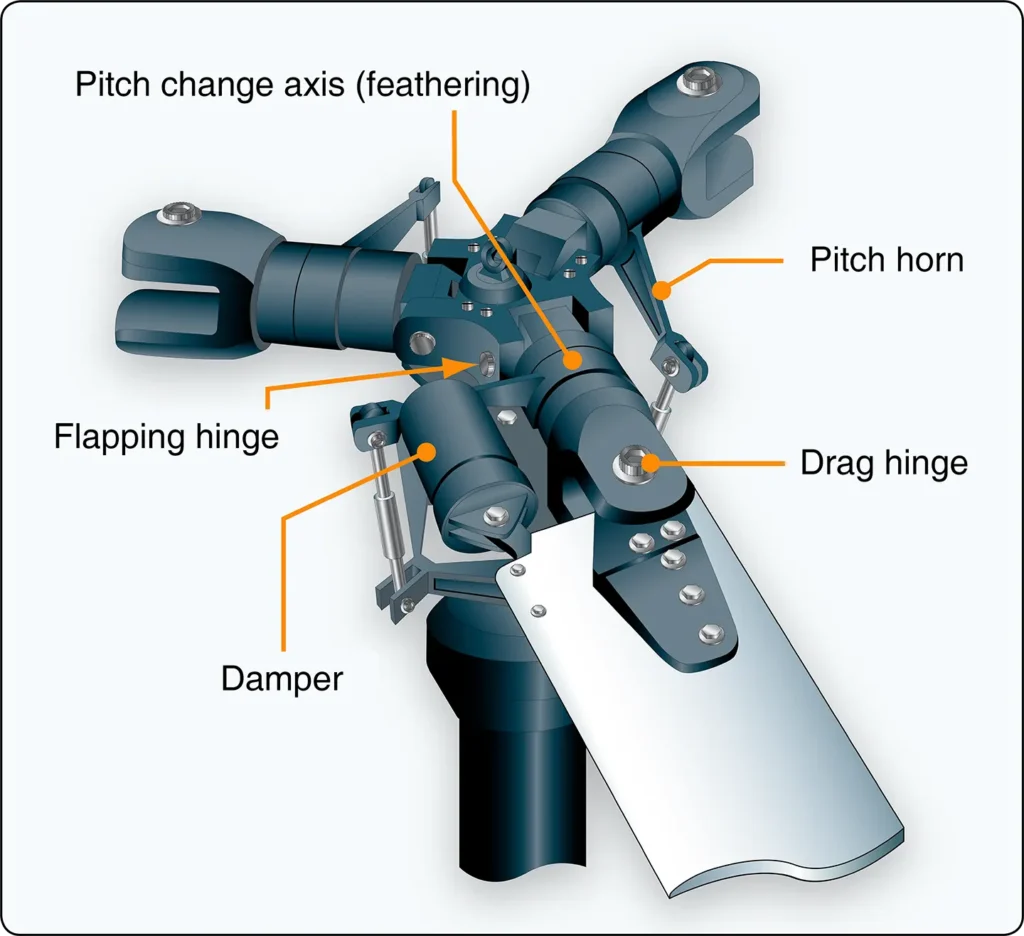Helicopter Stability Augmentations Systems
Flying Training, Helicopter FlyingSome helicopters incorporate a stability augmentation system (SAS) to help stabilize the helicopter in flight and in a hover. The original purpose and design allowed decreased pilot work load and lessened fatigue. It allowed pilots to place an aircraft at a set attitude to accomplish other tasks or simply stabilize the aircraft for long cross-country […]









